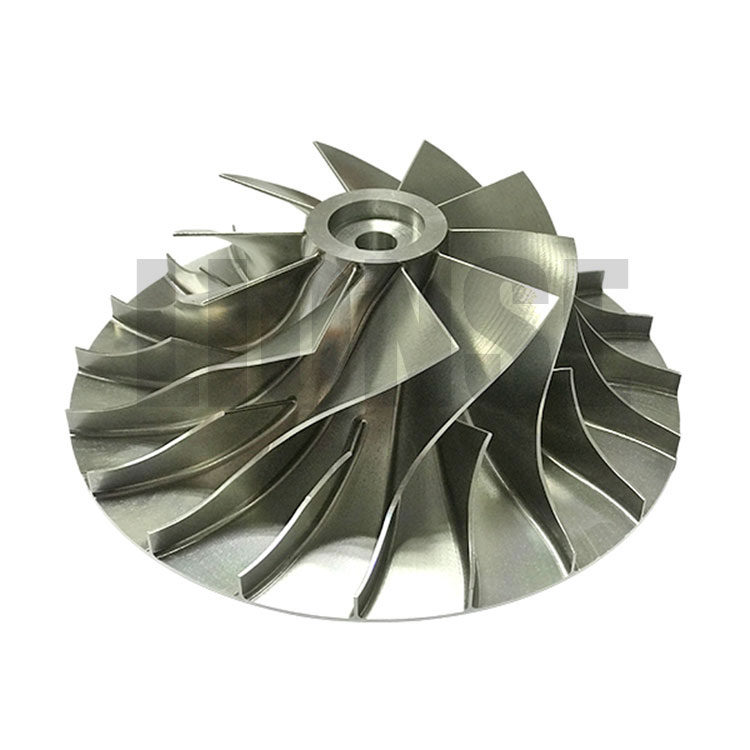

The impeller is the most important component in a fluid machine. When the blades rotate, they exert a force on the fluid and “cut” it. Based on the principle of energy conversion, the input mechanical energy is effectively converted into pressure and kinetic energy of the fluid. In this way, the fluid gains sufficient power to perform tasks such as transportation and pressurization.
There are major effects of the number of blades on the performance of an impeller. More vanes can fully interact with the fluid, reduce leakage backflow, increase the theoretical head, but will increase the contact area, making the friction loss increase, and the narrowing of the pitch of the vanes will further consume energy. If fewer blades, the fluid flow is out of control, the leakage is serious, the efficiency is low; friction and turbulence losses increase if there are too many blades, and the efficiency also decreases.
Various number of blades, gives the impeller different performance characteristics. Low number of blades (3 - 5) impeller, flow channel spacious, fluid flow with low resistance, but leakage is large, the theoretical head is low, the efficiency is usually between 60% - 75%. These impellers are suitable for scenarios with low head requirements and high flow rates. A medium blade count (6 - 8) impeller has a good balance between head and efficiency,. It reduces leakage and keeps friction losses within reasonable limits, with efficiencies of 80% - 90%, making it ideal for many general purpose fluid machines. High-blade-count (9 and above) impellers are suitable for low-flow, high-head scenarios. On the other hand, the friction losses are significantly higher and the efficiency may drop below 85%. Also, too many blades tend to wear out over long periods of operation, increase maintenance costs, and are like overworked parts that need to be “recuperated” and replaced more frequently.
The choice of the number of blades is not only about efficiency, but also subject to a number of factors. Excessive blade will make the inlet flow rate is too high, exacerbate cavitation damage to the impeller; increase the complexity of the mold and machining precision, a substantial increase in cost; reduce the pitch of the blade, the media particles are easy to get stuck in the joints caused by clogging and wear and tear, shorten the life of the pump.
Specific rotational speed affects the number of blades to choose, low specific speed pump (high head scenario) tends to be more blades, high specific speed pump (high flow rate scenario) need less blades to reduce resistance.
Number of blades of the impeller needs to be synthesized media characteristics, working conditions, demand and cost and other factors to weigh, choose the right impeller to give full play to the best performance, to provide stable power for production and life.
